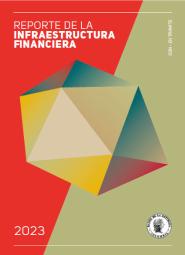Borradores de Economía - Consumption of households in Colombia: What do the retail trade indices tell us?
La serie Borradores de Economía es una publicación de la Subgerencia de Estudios Económicos del Banco de la República. Los trabajos son de carácter provisional, las opiniones y posibles errores son responsabilidad exclusiva del autor y sus contenidos no comprometen al Banco de la República ni a su Junta Directiva.
The series Borradores de Economía (Working Papers on Economics) contributes to the dissemination and promotion of the work by researchers from the institution. On multiple occasions, these works have been the result of collaborative work with individuals from other national or international institutions. This series is indexed at Research Papers in Economics (RePEc). The opinions contained in this document are the sole responsibility of the author and do not commit Banco de la República or its Board of Directors.
Abstract
Using monthly information on retail trade, we study the short-term dynamics of household consumption variations in Colombia. Based on a sample of retail trade excluding fuels and vehicles, we find that the growth of household consumption can be explained by lags in the Economy Monitoring Indicator (ISE), the interest rate, consumer credit, and consumer confidence. In a Granger sense, these four variables cause the growth of household consumption. Using instrumental variables, these variables remain as fundamental drivers of household consumption growth. Consumer confidence contains different information than the ISE. We associate this information with uncertainty due to a non-financial risk, possibly linked to unemployment according to our theoretical framework. Percentage annual variations of remittances and credit card limits are also determinant while the importance of labor market outcomes to explain the household consumption vanishes as long as the above variables are considered in the empirical models, or the consumption is modeled in annual percentage variations instead of monthly or quarterly.


















































